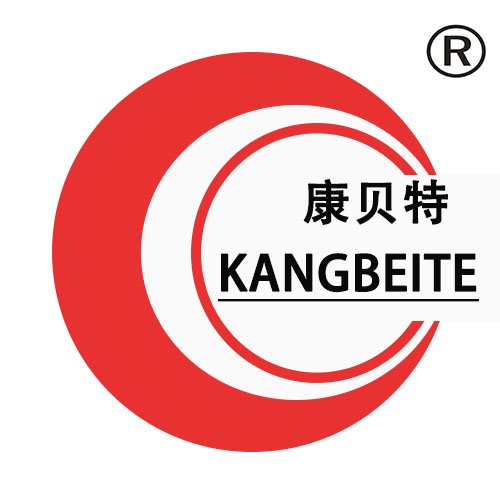A freeze dryer for vegetables is a specialized lyophilization equipment tailored to preserve the unique characteristics of fresh vegetables—including color, texture, nutritional content, and flavor—by removing moisture via sublimation, making it a vital tool for food processors, snack manufacturers, and ingredient suppliers looking to extend shelf life and expand product portfolios. Unlike traditional drying methods (e.g., air drying or oven drying), which use heat that can degrade vitamins (e.g., vitamin C, B vitamins) and break down cell structures (leading to a tough, shrunken end product), freeze drying operates at ultra-low temperatures (-30°C to -50°C) and under vacuum, converting ice directly to vapor without melting. This process retains the vegetable’s original shape (critical for visual appeal in snacks like freeze-dried broccoli florets or carrot sticks), preserves 90% or more of heat-sensitive nutrients, and maintains a porous structure that allows for rapid rehydration (ideal for instant soups, ready meals, or camping foods). Design features of freeze dryers for vegetables are optimized for vegetable-specific properties: most vegetables have high water content (70–95%) and varying cell structures (e.g., delicate leafy greens vs. dense root vegetables), so the equipment includes adjustable freezing rates (slower for leafy greens to prevent cell rupture, faster for root vegetables) and customizable shelf temperatures (ranging from -40°C during freezing to 30°C–50°C during secondary drying). The drying chamber is typically made of 304 stainless steel (food-grade, corrosion-resistant) with multiple shelves to maximize batch capacity (small units handle 2–10 kg per batch, industrial models up to 200 kg per batch). Many industrial units integrate with upstream processing lines (washing, cutting, blanching) via automated conveyors, creating a seamless workflow: after blanching (to inactivate enzymes that cause browning), vegetables are flash-frozen, then loaded into the dryer. Hygiene is prioritized with smooth, easy-to-clean surfaces and optional CIP systems, complying with food safety standards like HACCP and ISO 22000. Energy efficiency is a key consideration, with features like heat recovery systems (capturing waste heat from the vacuum pump to preheat drying air) and variable-speed compressors that adjust to batch size. For specific vegetable types, customizations are available: for example, mesh trays for small vegetables (peas, corn) to prevent falling through shelves, or vacuum sensors that adjust pressure for high-moisture vegetables (cucumbers, zucchini) to avoid clumping. The end products have a shelf life of 12–24 months (when stored in airtight packaging), eliminating the need for preservatives and making them suitable for organic or clean-label product lines. In summary, a freeze dryer for vegetables enables processors to create high-quality, nutritious, and versatile vegetable products that meet consumer demands for convenience, sustainability, and clean ingredients—whether for retail snacks, foodservice ingredients, or industrial applications.




Copyright © 2025 by Shandong Kangbeite Food Packaging Machine Co., Ltd. Privacy policy